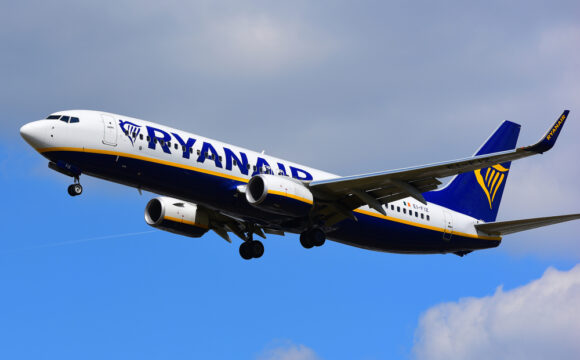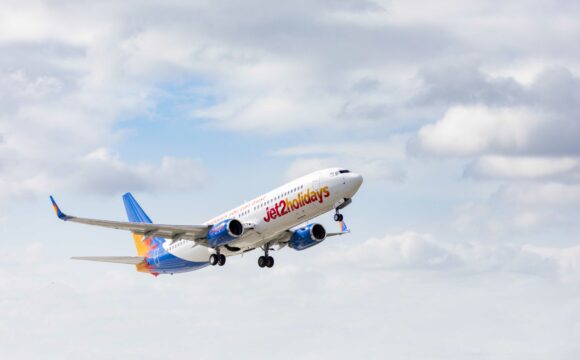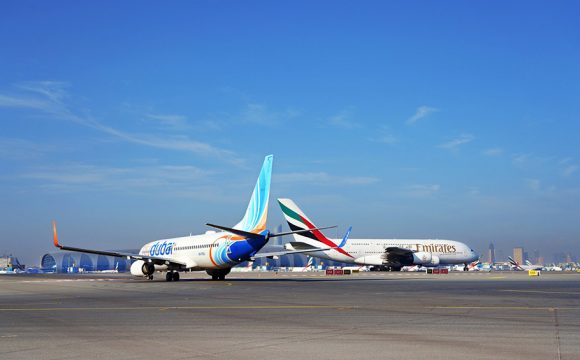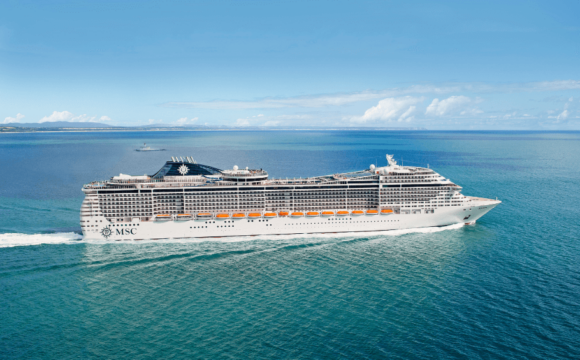Navigation (EUROCONTROL) predicted troubling times ahead for aviation. The agency, which co-ordinates air traffic control across Europe, predicted a growth of 1.9% a year between now and 2040, equalling approximately 16.2m flights a year and resulting in a lack of capacity for around 160m passengers.
“The report was met with concern by senior figures in the aviation industry, with many suggesting that the capacity crunch will create further congestion and disruption for airlines and their passengers. What’s more, there have been no major new airport builds on the continent in the last 15 years, nor any significant new runways, to help combat the problem.
“But where can operators make fresh gains in capacity, without huge capital expenditure? According to NATS, the solution lies in the Intelligent Approach system.
Andy Shand, head of queue and capacity management solutions at air navigation service provider NATS, told GlobalData: “At Heathrow, we’ve seen huge benefits in terms of capacity thanks to Intelligent Approach. With the enhanced TBS abilities of the system, the airport can deliver around two additional landings an hour in all wind conditions and, on average, 4.2 additional landings in strong winds.
“We have also seen an end-to-end improvement in punctuality at the airport and around a 60% reduction in delays due to head wind. By consistently delivering the same landing rate onto the runway irrespective of conditions and, to an extent, the mix of traffic that’s coming in, the delivery of traffic through the terminal airspace can be smoothed.”
Developed in joint collaboration with technology firm Leidos, Intelligent Approach safely and dynamically separates airport arrivals by time instead of distance, calculating the optimum gap between arriving aircraft for the wind conditions.
By displaying the dynamic separation and spacing indicators to air traffic controllers, the airport’s tactical capacity can be instantly improved in all weather conditions, and is especially effective during strong headwinds.
Previously, in utilising fixed distance based separation during final approach, airports would often experience a reduced landing rate as the headwind component increased and the ground speed dropped. Inevitably, this leads to an increase in delays and flight cancellations. But the TBS system dynamically adjusts the separation between arrivals to maintain spacing equivalent to the distance separation, with a headwind of five to seven knots. The reduced approach separation recovers most of the lost capacity from headwinds and does not materially affect runway separation between arrivals.
Additionally, the airport no longer experiences the same level of peaks in airborne holding that it used to. In fact, Heathrow has seen a reduction in airborne holdings of 230,000 minutes, equating to approximately 47,000kT of saved CO2. Meanwhile, tactical cancellations due to headwinds have been almost eradicated.
















